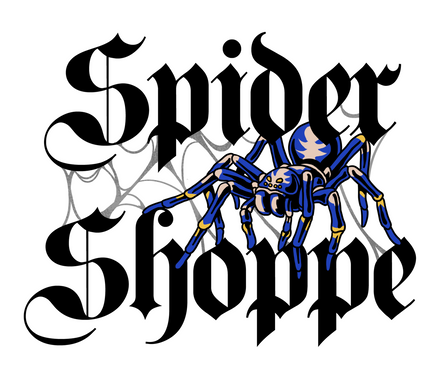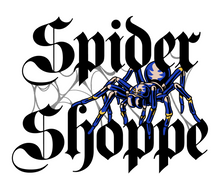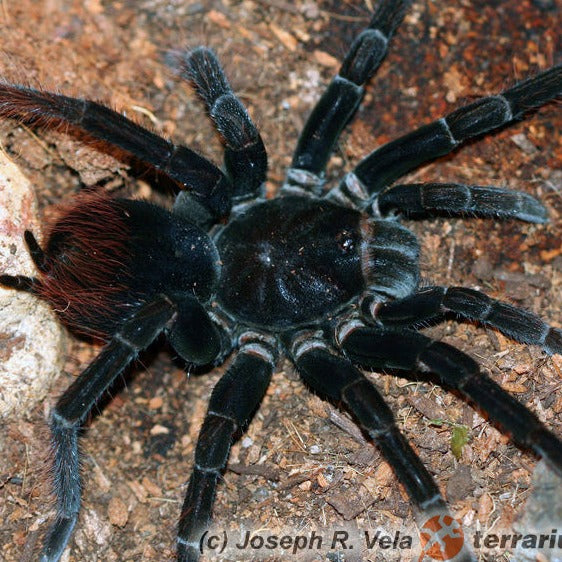Pamphobeteus c.f. antinous 'Big Black' 1" | 3" PAIR M&F
- Live Arrival Guarantee
- Live Animals Ship FedEx Priority Overnight (Mon-Weds)
- Low stock - 2 items left
- Inventory on the way
There have been numerous Peruvian/Bolivian tarantulas brought into the hobby under the name antinous. These include the steely blue, lightning blue, and even arana pollito. It is uncertain whether these are all unique species or synonymous. This particular bloodline is labeled c.f. antinous 'Big Black', Pamphobeteus sp 'Big Black', or Pamphobeteus c.f. antinous 'Peru', to distinguish from other groups of antinous from unknown locales. It is claimed to be the largest growing Pamphobeteus.
Husbandry Recommendations
This is a terrestrial spider, so it will require an enclosure which offers more floor space than vertical space. The rule-of-thumb for the width or length or the enclosure is 3-4x leg span minimum. We recommend this spider be housed in the Spider Haus 3x4x5". This would be a suitable enclosure for several months up to a year. Our choice of substrate is a unique blend of coco and other organic materials - Hunter's Premium Substrate. This substrate will retain humidity, allow for sturdy burrows, and resist mold or fungal growth. Next, offering a cork bark flat creates a natural aesthetic and a safe retreat for your spider. Finalize the enclosure by adding Sphagnum Moss, Mixed Leaf Litter, or Magnolia Leaves.
While this species is very hardy, and can tolerate many environmental conditions, we still recommend maintaining some level of moisture in the substrate. Soaking a corner once a week should be sufficient. You can alternate corners. The substrate should never be fully dried out. However, we also want to avoid sopping wet substrate or standing water.
Common tools which would be helpful in caring for this spider include tweezers. These are used for feeding, cleaning, and rearranging the enclosure if needed. Another useful tool is a Mister. This allows for controlled and purposeful watering.
Our suggestion for feeders is small crickets. At this size, this spider will eat a cricket up to 0.5", which is about 3-4 weeks old. Other small insect feeders also work - red runners, dubia roach, mealworms (smash the heads first).
Info on our shipping policy can be found on our T&C page.





